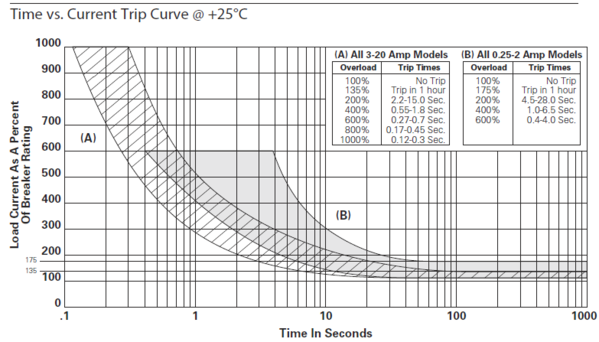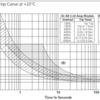PLCProf,
I think I remember your thread about the testing. The PSX-ACs are also faster than the PH-180s. They have I think 4 settings of around 4, 8, 12, & 15-16 amps. To be fair I believe I left mine on the 8 amp setting so it is a little lower than the PH-180. Could be why it always trips faster. I added some analog gauges (volts & amps) and the PSX would trip and the PH-180 would follow and also trip. Strange! I checked all the wiring and finally got that resolved, but I don't remember what I had done that was messed up? It could have been the LED rocker switches that I later found to be a problem and fixed that with relays? I need to start writing all this down at the time, memory ain't what it used to be...
If I see one of the #91s I might just get it to play with. Those do sound impressive, I didn't remember the 6 amp limit though, but I rarely ever draw more than 2-3 amps on any one of my loops.
JGL,
I might have missed the breaker discussion, or memory is failing again? I will take a look for it, probably over my head, but sounds interesting anyway.
cjack,
Thanks for the links, I've started trying to save these lately. Lots of good info here and I can't remember it all. I don't have a CW-80, but the PH-180s seem to work well with the PSX-ACs. I have had the PSX-ACs wired in permanently for at least a couple of years now and all is well. Before that I was just fiddling with them on the work bench for a year or so when I didn't yet have a permanent layout.










